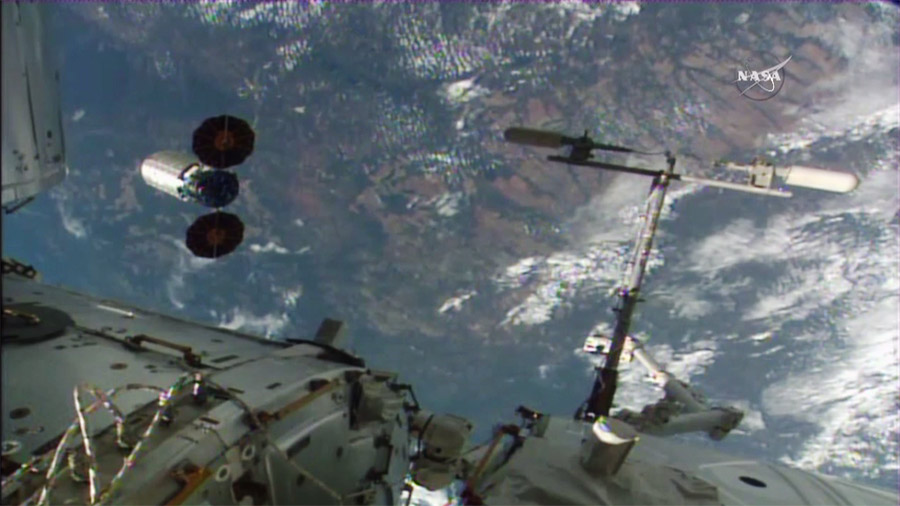
Expedition 47 robotic arm operator Tim Kopra of NASA commanded the International Space Station’s Canadarm2 robotic arm to release the Cygnus spacecraft at 9:30 a.m. EDT while the space station was flying above Paraguay. Earlier, ground controllers detached Cygnus from the station and maneuvered it into place for its departure.
After Cygnus is a safe distance away, ground controllers at Glenn Research Center in Cleveland, Ohio will initiate the sequence for Saffire-1, and controllers at Orbital ATK in Dulles, Virginia, will activate the experiment. Cygnus will continue to orbit Earth for up to eight days as it transmits hi-resolution imagery and data from the Saffire experiment. Following complete data transmission, the Cygnus spacecraft will complete its destructive entry into the Earth’s atmosphere on June 22. NASA TV will not provide a live broadcast of the Saffire experiment or the Cygnus deorbit burn and re-entry, but imagery from Saffire will be posted on NASA.gov as it becomes available.
The Cygnus resupply craft launched March 22 on a United Launch Alliance Atlas V rocket from Cape Canaveral Air Force Station, Florida, for the company’s fifth NASA-contracted commercial resupply mission.
For more information about the International Space Station, visit: https://www.nasa.gov/station
